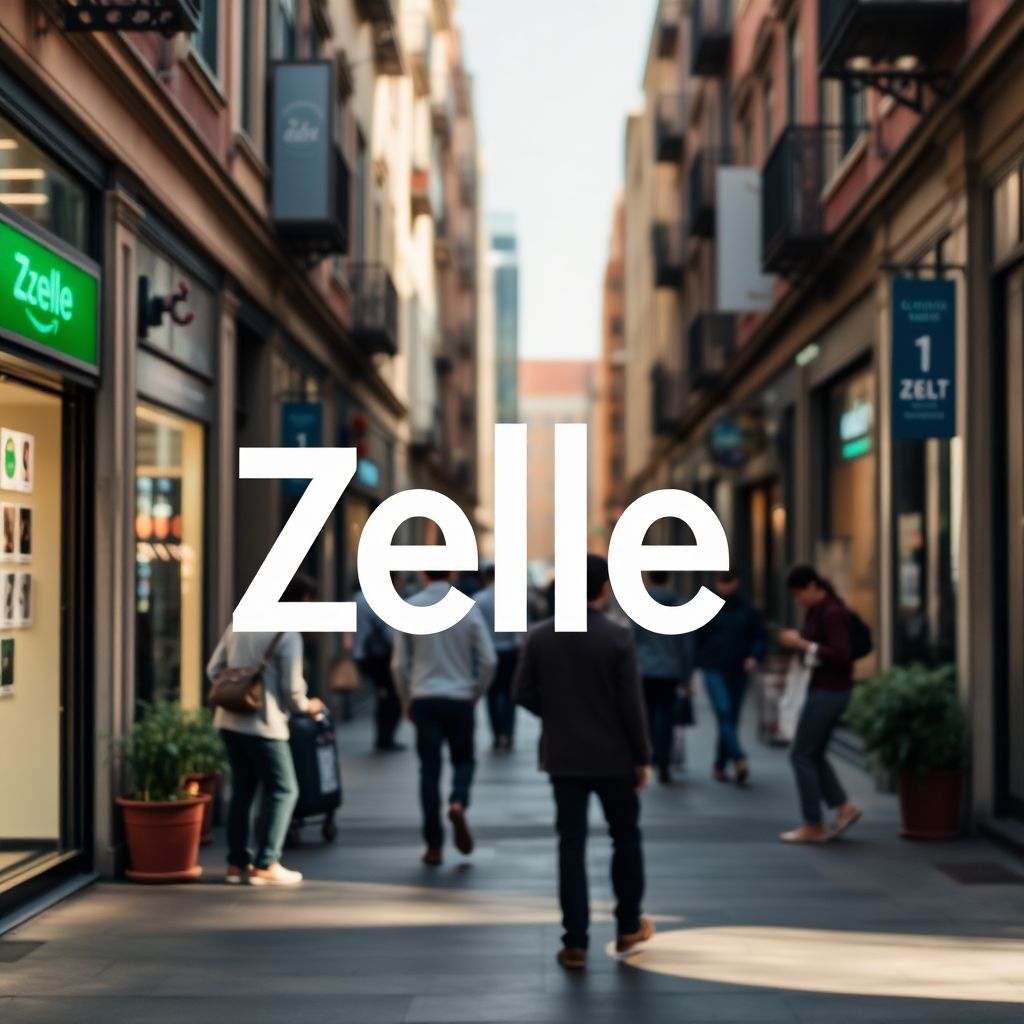Zelle, a leading U.S.-based digital payments network, is taking a significant step toward international expansion by integrating stablecoin technology into its infrastructure. This strategic shift aims to make cross-border money transfers faster, cheaper, and more efficient, positioning Zelle as a strong contender in the global remittance landscape alongside established players like PayPal and Wise.
Early Warning Services, the network operator behind Zelle and owned by a consortium of major U.S. banks, unveiled the initiative in a press release dated October 24. The move represents a pivotal transformation for Zelle, which has so far focused exclusively on domestic peer-to-peer payments. By embracing stablecoins, the company seeks to address long-standing issues in international payments, such as high fees, slow transaction times, and limited financial access in some regions.
CEO Cameron Fowler emphasized that the decision to adopt stablecoin rails was made possible by the evolving regulatory environment in the United States. “Our mission is to extend the reliability, speed, and ease-of-use that people associate with Zelle to international money transfers,” Fowler stated. He added that the intersection of growing consumer demand, advancing banking capabilities, and clearer U.S. crypto regulations provided the perfect foundation for global innovation.
The scale of Zelle’s vision is underscored by its existing reach: last year alone, the platform processed close to $1 trillion in domestic transactions. This enormous volume highlights the company’s potential to rapidly scale its services internationally by leveraging its current user base and banking partnerships.
Stablecoins—cryptocurrencies pegged to the value of traditional fiat currencies like the U.S. dollar—have seen explosive growth in global financial applications. According to data from venture capital firm Andreessen Horowitz, stablecoins facilitated $46 trillion in on-chain transactions over the past year. This figure not only surpasses the volume processed by traditional financial networks like Visa, but also signals a broader shift: stablecoins are increasingly being used for real-world economic activity rather than speculative crypto trading.
This evolution in how stablecoins are utilized has not gone unnoticed by other major fintech players. PayPal, Zelle’s long-time rival, has already launched its own stablecoin, PYUSD, with ambitions to use it for cross-border settlements and digital commerce. Similarly, Wise, a London-based firm known for its cost-effective international transfer services, is now exploring stablecoin-based payment solutions. A recent job posting from the company indicates it is actively recruiting talent to develop digital wallets and settlement systems rooted in blockchain technology.
The broader trend reflects a growing consensus: stablecoins are poised to become a foundational layer in the next generation of global payment systems. Unlike traditional banking rails, stablecoins offer near-instant settlement, 24/7 operability, and reduced intermediary costs. For consumers, this could mean more affordable remittances, especially for those sending money to developing countries where fees often exceed 6% of the transaction.
Zelle’s strategic entry into this space could have significant implications. With its bank-backed infrastructure and deep integration into the U.S. financial system, the platform is uniquely positioned to offer stablecoin-powered services that are both compliant and trusted. This could give it an edge over smaller, less regulated crypto-native companies attempting to enter the same market.
In addition, integrating stablecoins into Zelle’s platform could unlock new use cases beyond simple remittances. Businesses could benefit from faster supplier payments across borders, travelers might avoid costly foreign exchange fees, and migrant workers could send money home without relying on traditional remittance agencies with high fees and limited availability.
However, challenges remain. While regulatory clarity in the U.S. has improved, international jurisdictions still vary widely in how they treat stablecoins and digital assets. Zelle will need to navigate these complexities carefully to avoid compliance pitfalls and ensure safe, legal operations in each target market.
Moreover, consumer education will be critical. Many users still associate stablecoins with cryptocurrency volatility and risk. Zelle will have to communicate the difference between stablecoins—designed to maintain a stable value—and more speculative digital assets. Building trust will be essential to user adoption, especially among demographics unfamiliar with blockchain technology.
The success of Zelle’s stablecoin initiative could also influence banking institutions more broadly. If a bank-owned network like Zelle can successfully integrate blockchain-based payments, it could encourage other traditional financial institutions to explore similar strategies, further accelerating the mainstream adoption of digital currencies.
As stablecoins continue to mature and gain institutional support, the lines between traditional finance and blockchain technology are beginning to blur. Zelle’s move reflects this convergence and signals a future where sending money across borders could be as seamless as sending a text message—instant, secure, and low-cost.
Looking ahead, Zelle may also explore partnerships with stablecoin issuers or blockchain networks to enhance scalability and accessibility. Collaboration with public blockchains like Ethereum or private permissioned networks could provide the technical foundation for secure, global payments infrastructure at scale.
In conclusion, Zelle’s pivot toward stablecoin rails is not just a technological upgrade—it represents a strategic redefinition of its role in the global financial ecosystem. By leveraging blockchain innovations within a trusted, bank-backed framework, Zelle aims to reshape how people and businesses move money across borders, ushering in a new era of frictionless finance.

